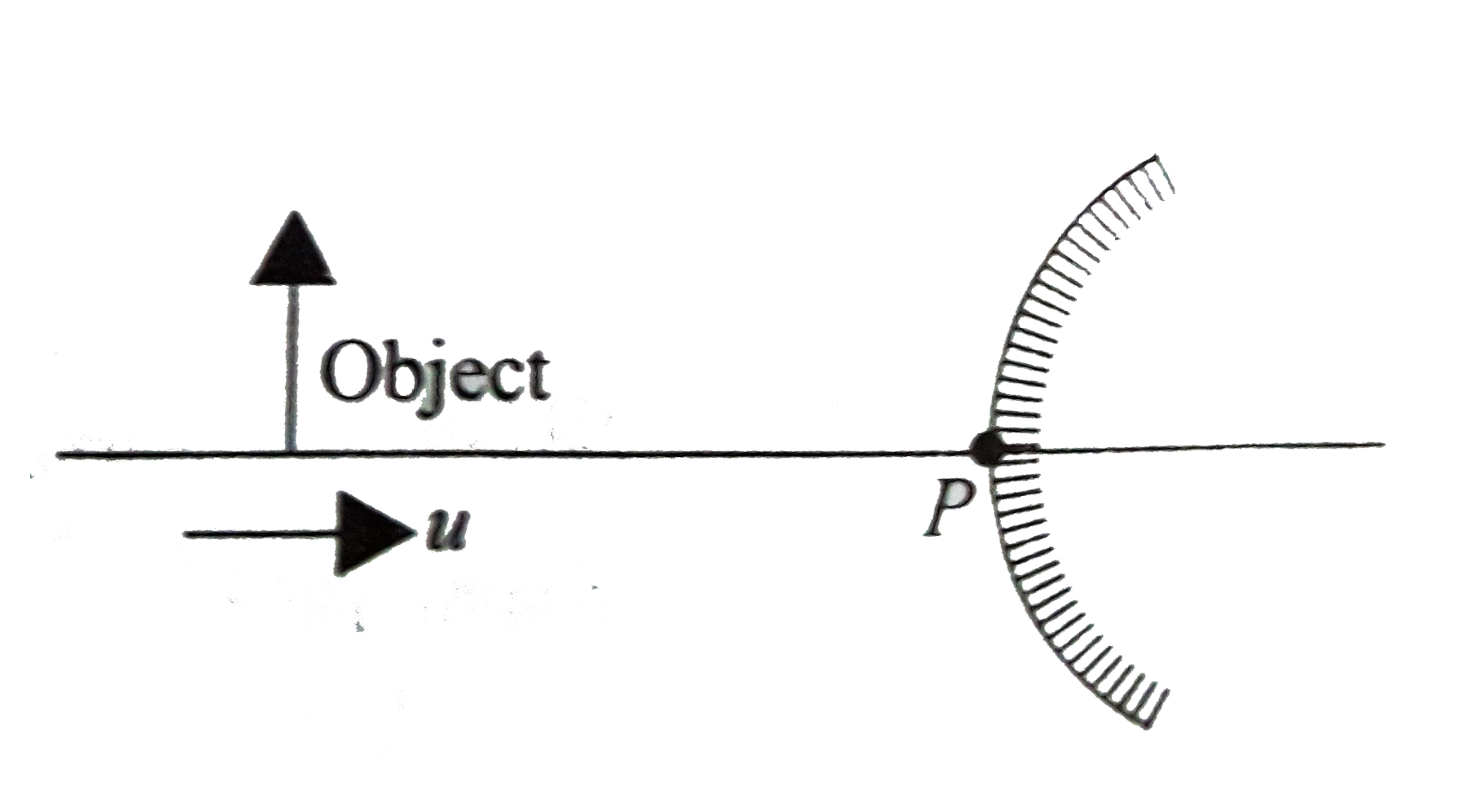An object of mass m is moving with a constant velocity υ How much work should be done on the object in order to bring the object to rest ?
To solve the problem of how much work should be done on an object of mass m moving with a constant velocity υ to bring it to rest, we can follow these steps:
Step 1: Understand the concept of work and energy
Work done on an object is equal to the change in its kinetic energy. If we want to bring the object to rest, we need to reduce its kinetic energy to zero.
Step 2: Calculate the initial kinetic energy
The kinetic energy (KE) of an object moving with velocity υ is given by the formula:
KE=12mv2
Here, v is the velocity of the object.
Step 3: Determine the final kinetic energy
When the object is brought to rest, its final velocity becomes 0. Therefore, the final kinetic energy (KEf) is:
KEf=0
Step 4: Calculate the change in kinetic energy
The work done (W) on the object to bring it to rest is equal to the change in kinetic energy:
W=KEf−KE
Substituting the values we found:
W=0−12mv2
Thus,
W=−12mv2
Step 5: Interpret the result
The negative sign indicates that work is done against the motion of the object. This means that the work done on the object is equal to the kinetic energy it had initially, but in the opposite direction.
Final Answer
The work that should be done on the object to bring it to rest is:
W=−12mv2
---
Work done on an object is equal to the change in its kinetic energy. If we want to bring the object to rest, we need to reduce its kinetic energy to zero.
The kinetic energy (KE) of an object moving with velocity υ is given by the formula:
KE=12mv2
Here, v is the velocity of the object.
When the object is brought to rest, its final velocity becomes 0. Therefore, the final kinetic energy (KEf) is:
KEf=0
The work done (W) on the object to bring it to rest is equal to the change in kinetic energy:
W=KEf−KE
Substituting the values we found:
W=0−12mv2
Thus,
W=−12mv2
The negative sign indicates that work is done against the motion of the object. This means that the work done on the object is equal to the kinetic energy it had initially, but in the opposite direction.
The work that should be done on the object to bring it to rest is:
W=−12mv2
Topper's Solved these Questions
Similar Questions
An object of mass 15kg is moving with a uniform velocity of 4m/s. what is the kinetic energy possessed by the object ?
View SolutionAn object of mass 2kg is sliding with a constant velocity of 4ms−1 on a frictionless horizontal table. The force required to keep the object moving with the same velocity is
View Solution
Knowledge Check
Under the influence of a force, an object of mass 4 kg accelerates from 3 m/s to 6 m/s in 8s. How much work was done on the object during this time?
A27JB54JC72JD96JAn object of mass m is travelling at constant rate b in a circular path of radius r. how much work is done by the centripetal force during one half of a revolution?
Aπmv2B2πmv2C0Dπmv2rAssertion : An object may fall with a constant velocity.
Reason : This happens when acceleration of the object is equal to acceleration due to gravity.ABoth assertion and reason are true and reason is the correct explanation of assertion.BBoth assertion and reason are true but reason is not the correct explanations of assertion.CAssertion is true but reason is false.DBoth assertion and reason is false
The work done on an object does not depend on the :
View SolutionForce can move an object at rest.
View SolutionWork done by a force on an object is zero, if
View SolutionAn object is moving towards a convex mirror with a constant velocity. P is the pole of mirror.

View SolutionAn object of mass m moving with speed u collides one dimentionally with another identical object at rest. Find their velocities after collision, if coefficient of restitution of collision is e.
View Solution
